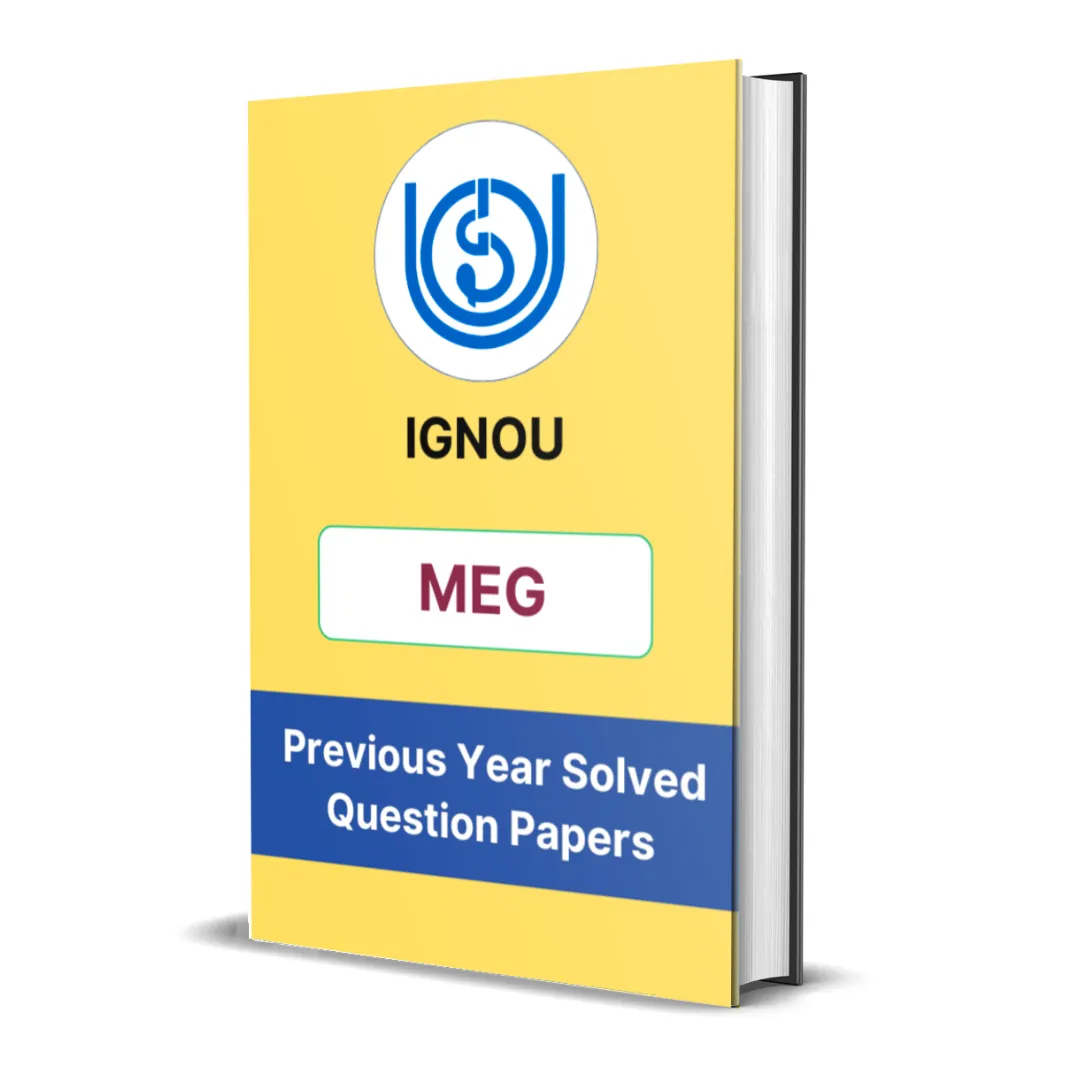Here you will get the detailed summary of IGNOU MEG 09 Block 6 – Contemporary Australian Poetry (1970-Onwards).
We have provided the summary of all units starting from unit 1 to unit 5.
Introduction
IGNOU MEG-9 Block 6 focuses on “Contemporary Australian Poetry (1970–Onwards)”, examining the shift in poetic voices, themes, and styles in post-1970s Australia. This period marks a dynamic transformation in Australian literature, influenced by multiculturalism, feminism, Indigenous resistance, postmodernism, and global connectivity. The poets discussed in this block reflect a broad spectrum of social, political, and cultural concerns, moving away from traditional notions of Australian identity to explore a more pluralistic and contested sense of self and nation. Through diverse poetic forms and voices—ranging from the deeply personal to the overtly political—contemporary Australian poetry becomes a powerful space for critique, innovation, and expression.
Unit 1: Contemporary Australia
This unit sets the socio-political and cultural context for understanding Australian poetry since the 1970s. Australia during this time underwent significant changes: the dismantling of the White Australia policy, increasing immigration, the rise of Indigenous rights movements, the influence of feminism, and the questioning of national myths. These shifts led to a diversification of voices and themes in poetry. Poets began engaging with urban life, ecological concerns, historical trauma, gender and identity politics, and the complexities of belonging in a postcolonial, multicultural society. The unit emphasizes that contemporary poetry cannot be seen as a single stream but rather as a mosaic of intersecting concerns and experimental styles.
Unit 2: Bruce Dawe & Les Murray
This unit focuses on two major voices in Australian poetry who, despite their contrasting styles, both deal with national identity and the everyday Australian experience.
-
Bruce Dawe is known for his accessible, colloquial poetry that often critiques modern society. His poems deal with suburban life, consumerism, war, and social injustice. Dawe’s voice is deeply democratic—he speaks to and for the common Australian, blending satire with compassion. His poems like Homecoming (on the Vietnam War) and Enter Without So Much as Knocking exemplify his concern with dehumanization in contemporary life.
-
Les Murray, on the other hand, draws from the rural, conservative, and mythic aspects of Australian life. His poetry often celebrates the land, traditional values, and the richness of Australian vernacular. However, Murray is also intellectually complex, infusing his verse with philosophical and metaphysical concerns. His work bridges the pastoral and the modern, providing a rich vision of Australia’s cultural continuity.
Together, Dawe and Murray offer divergent but equally powerful perspectives on Australian identity.
Unit 3: Chris Wallace-Crabbe & Gwen Harwood
This unit explores the poetry of two significant figures known for their intellectual depth and stylistic range.
-
Chris Wallace-Crabbe blends irony, erudition, and wit in his poetry. His work often explores language itself, reflecting on the limitations and possibilities of expression. His poems are marked by philosophical questioning and a sense of play with form and meaning, often shifting between the comic and the serious.
-
Gwen Harwood is one of Australia’s most acclaimed female poets. Her poetry addresses gender roles, motherhood, creativity, and the constraints imposed on women by society and language. Harwood was also known for using pseudonyms and literary alter-egos to challenge gendered expectations of authorship. Poems like In the Park and Suburban Sonnet critique the domestic lives women are often trapped within, while others reflect deeply on art, time, and mortality.
Both poets demonstrate how contemporary poetry can be simultaneously intimate and intellectual, personal and political.
Unit 4: Ee Tiang Hong & Kevin Gilbert
This unit brings in multicultural and Indigenous voices to foreground Australia’s complex cultural landscape.
-
Ee Tiang Hong, a Malaysian-born poet who settled in Australia, provides a migrant’s perspective on language, identity, and exile. His poetry reflects on cultural hybridity and the dislocation of migration, blending English with Asian philosophical and literary traditions. His work interrogates both the homeland left behind and the adopted land, capturing the tensions and enrichments of living between cultures.
-
Kevin Gilbert, an Indigenous poet and activist, uses poetry as a tool of political resistance and cultural assertion. His work confronts the history of colonization, the dispossession of Aboriginal people, and the ongoing struggle for rights and recognition. Gilbert’s poetry is urgent, raw, and unapologetically political, demanding justice and reclaiming Indigenous voice and presence.
This unit highlights how poetry becomes a site of negotiation, confrontation, and reclamation in the multicultural and postcolonial context of Australia.
Unit 5: Mudrooroo Narogin & Gig Ryan
The final unit introduces two poets who challenge literary and social conventions in radically different ways.
-
Mudrooroo Narogin (formerly Colin Johnson) was a controversial yet pioneering figure in Indigenous Australian literature. His poetry blends traditional Aboriginal themes with postmodern experimentation. He addresses the fragmentation of Indigenous identity in the face of colonial erasure, and his poems often incorporate mythology, politics, and narrative innovation to reclaim Aboriginal epistemologies.
-
Gig Ryan represents a distinctly urban, feminist, and avant-garde voice. Her poetry is noted for its fragmentation, non-linearity, and resistance to closure. Ryan’s work critiques consumerism, patriarchy, and linguistic authority. Her style mirrors her content—disruptive, layered, and reflexive. She exemplifies how form and content work together in contemporary poetry to resist easy interpretation.
These poets represent the outer edges of contemporary Australian verse, demonstrating poetry’s capacity to question not just society but the very nature of language and meaning.

